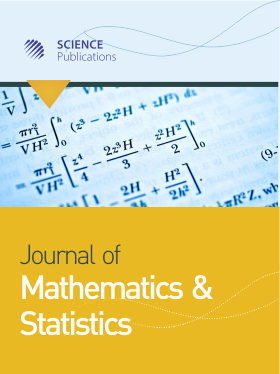A Solution Methodology of Bi-Level Linear Programming Based on Genetic Algorithm
Abstract
Problem statement: We deal with the bi-level linear programming problem. A bi-level programming problem is formulated for a problem in which two Decision-Makers (DMs) make decisions successively. Approach: In this research we studied and designs a Genetic Algorithm (GA) of Bi-Level Linear Programming Problems (BLPP) by constructing the fitness function of the upper-level programming problems based on the definition of the feasible degree. This GA avoids the use of penalty function to deal with the constraints, by changing the randomly generated initial population into an initial population satisfying the constraints in order to improve the ability of the GA to deal with the constraints. Also we designed software to solve this problem. A comparative study between proposed method and previous methods through numerical results of some examples. Finally, parametric information of the GA was introduced. Results: Results of the study showed that the proposed method is feasible and more efficient to solve (BLPP), also there exist package to solve (BLPP) problem. Conclusion: This GA avoids the use of penalty function to deal with the constraints, by changing the randomly generated initial population into an initial population satisfying the constraints in order to improve the ability of the GA to deal with the constraints.
DOI: https://doi.org/10.3844/jmssp.2009.352.359

- 5,787 Views
- 3,636 Downloads
- 8 Citations
Download
Keywords
- Bi-level linear programming problems
- feasible degree
- fitness function
- genetic algorithm
